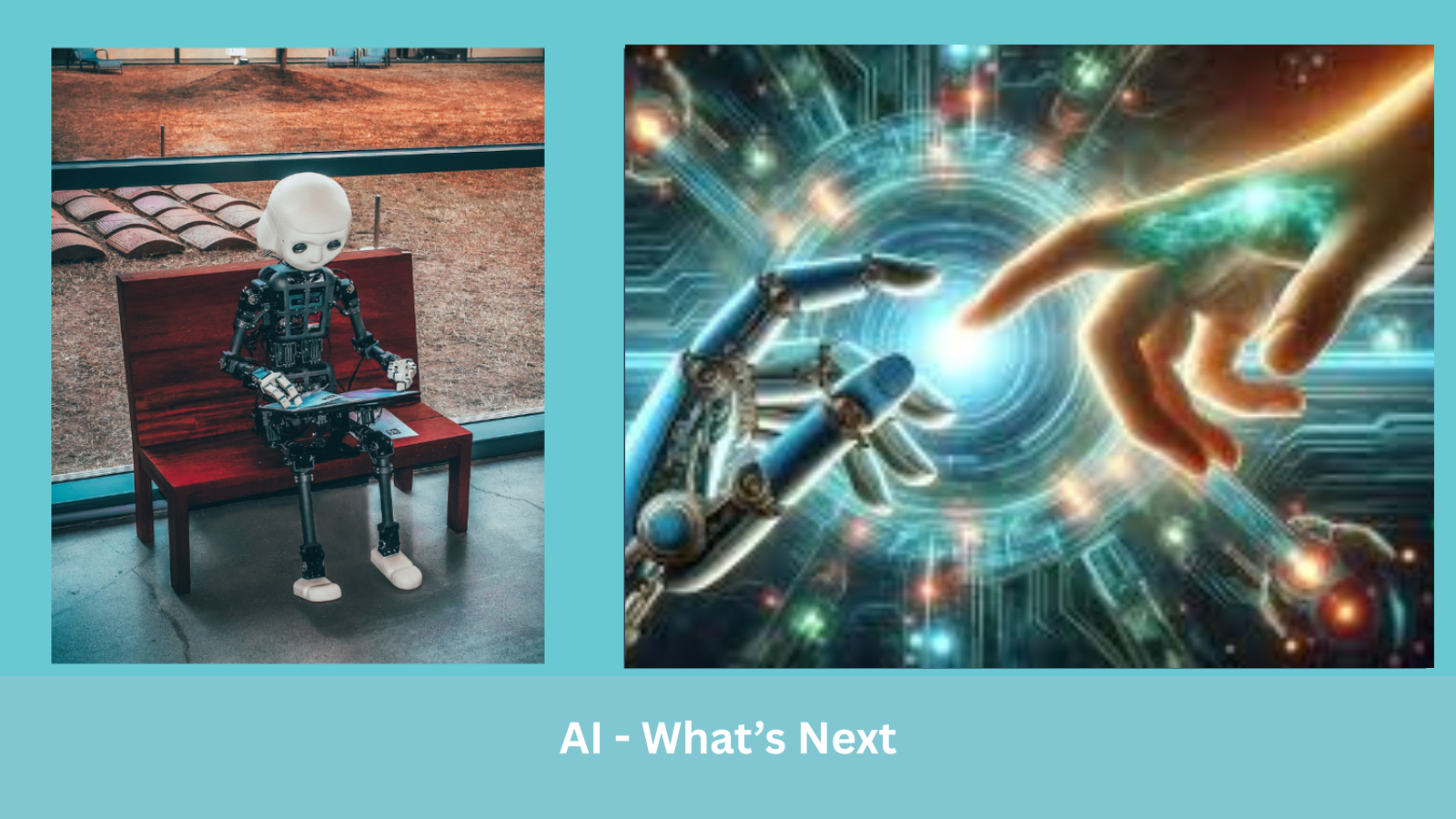“A thought-provoking look at artificial intelligence today and tomorrow. From curiosity to capability, what happens when AI doesn’t just follow—but begins to shape?”
When Machines Reflect the Makers →
We like to imagine artificial intelligence as neutral, logical, and objective. But the truth is simpler and more unsettling.
AI doesn’t form opinions. It reflects the priorities, guardrails, and blind spots of the people who create it. If an AI begins to present dangerous ideas in a softer light, that isn’t a glitch in the system—it’s a signal about the values embedded in its design.
Whether it's how history is framed, what voices are amplified, or which ideas are permitted, AI will always carry the fingerprints of its developers. That’s not science fiction. It’s accountability.
The illusion of neutrality gives AI its persuasive power. A response that appears unbiased can be more easily trusted, even when it subtly omits context or reinforces a dominant narrative. This is where the real danger lies—not in overt control, but in quiet calibration. What we assume to be "just the facts" may actually be a carefully coded worldview.
As these systems become more integrated into our daily decisions—what we read, what we believe, who we listen to—the question is no longer whether bias exists, but whose bias is shaping the outcome. The future will not be decided solely by algorithms, but by the humans training them, funding them, and choosing what they should prioritize—or ignore.
"AI doesn’t form opinions—it reflects the intentions of those who build it. When dangerous ideas are presented in a better light, it's not machine error. It's human design."
— Brent M. Jones
“The question is no longer whether bias exists, but whose bias is shaping the outcome.”
Brent M. Jones
Can Robots and AI Run a Human Resource Department
Can AI and Robots Run a Human Resource Department?
“AI's integration into HR is undeniable. However, in the future, it will be unlikely that "HR robots" will replace human HR professionals. The real shift lies in reallocating administrative tasks toward AI, allowing HR professionals to focus on strategic, value-added activities. The quote came from a section labeled “Preparing for the Future” by author Markus Bernhardt in his article “Will AI Replace Human Resources? Embrace the AI-Driven Future without Losing the Humann in HR”.
According to an article by the HR platform “HiBob,” AI will not replace human resources but enhance them. AI can efficiently and effectively filter through resumes and applications so HR professionals can more quickly meet with candidates who most closely align with the company's objectives.
This raises the question of whether AI should be programmed to ensure that the company's objectives are met without ensuring that the employee is treated fairly.
AI and Human Resources









